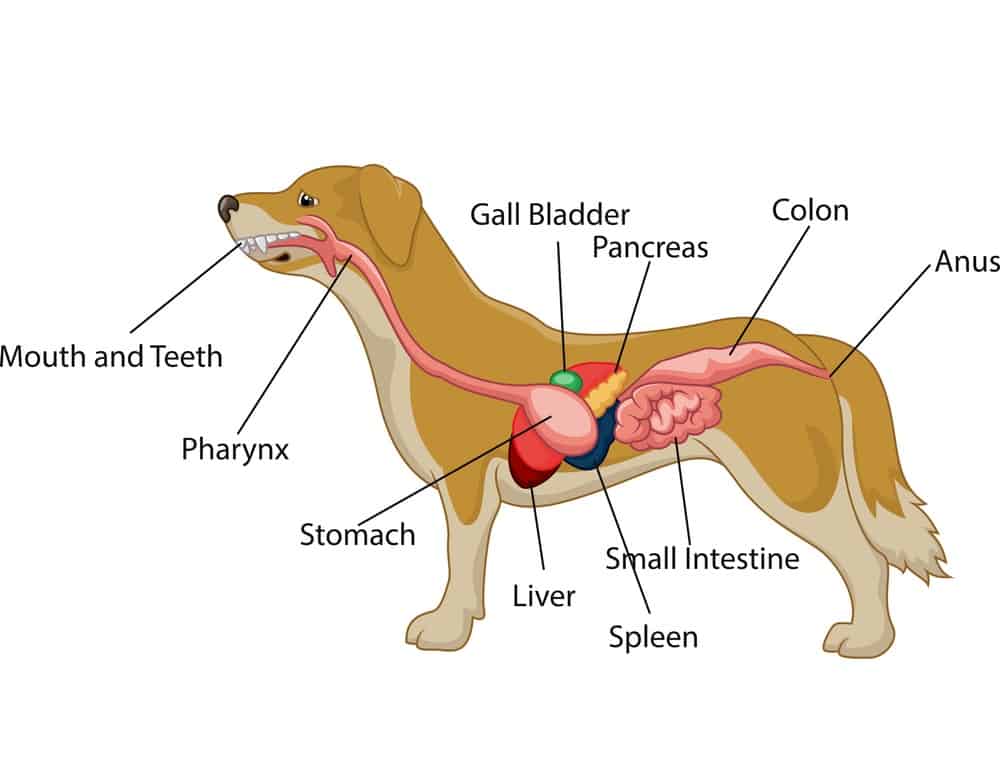Introduction:
Discovering your dog with bloody diarrhea can be alarming and concerning. In this comprehensive article, we will explore the causes, treatment options, and preventive measures for dogs experiencing this distressing symptom. Understanding the underlying factors behind bloody diarrhea in dogs is crucial for providing appropriate care and ensuring your dog’s well-being.

Dog with Bloody Diarrhea: Identifying the Causes:
Bloody diarrhea in dogs can be caused by various factors, ranging from mild to severe. Common causes include:
- Dietary Indiscretion:
Consuming spoiled food, garbage, or toxic substances can irritate the digestive system, leading to bloody diarrhea in dogs.
- Parasitic Infections:
Intestinal parasites, such as hookworms, whipworms, or coccidia, can cause inflammation and bleeding in the gastrointestinal tract, resulting in bloody diarrhea.
- Bacterial or Viral Infections:
Infections like parvovirus, salmonella, or Campylobacter can lead to bloody diarrhea in dogs. These infections are highly contagious and require immediate veterinary attention.
- Inflammatory Bowel Disease (IBD):
Chronic inflammation of the gastrointestinal tract, known as IBD, can cause persistent bloody diarrhea in dogs. This condition often requires long-term management and veterinary care.
- Gastrointestinal Tumors:
In some cases, tumors or polyps in the gastrointestinal tract can cause bleeding and result in bloody diarrhea. Early detection and intervention are crucial for effective treatment.
Treatment Options for Dogs with Bloody Diarrhea:
When a dog presents with bloody diarrhea, it is essential to seek veterinary care for an accurate diagnosis and appropriate treatment. Treatment options may include:
- Diagnostic Testing:
The veterinarian may perform various tests, such as fecal analysis, blood work, or imaging studies, to identify the underlying cause of the bloody diarrhea and guide treatment decisions.
- Fluid Therapy:
In cases of dehydration or severe diarrhea, intravenous or subcutaneous fluid therapy may be necessary to restore hydration and electrolyte balance.
- Medications:
Depending on the cause of the bloody diarrhea, the veterinarian may prescribe medications such as antibiotics, anti-inflammatory drugs, or antiparasitic medications to address the underlying condition.
- Dietary Management:
In some cases, a temporary change in diet may be recommended to provide a bland and easily digestible option. This can help reduce gastrointestinal inflammation and promote healing.
Recommended:
- Petco Review: The Power of Together
- PetSmart Review: Where Pets Inspire Us
- Hill’s Pet Nutrition Review: Pioneering Pet Health and Nutrition
- Royal Canine Review: Tailored Nutrition for Every Pet
- Chewy Review: Pet Care at Your Doorstep
Preventing Bloody Diarrhea in Dogs:
While not all cases of bloody diarrhea can be prevented, there are measures you can take to minimize the risk:
- Proper Nutrition:
Provide a balanced and high-quality diet to support your dog’s digestive health and immune system. Avoid feeding table scraps or foods that may be harmful to dogs.
- Parasite Prevention:
Follow a regular deworming schedule and use appropriate preventive medications to protect your dog against intestinal parasites.
- Hygiene and Sanitation:
Maintain a clean living environment for your dog, regularly disinfecting their living area, food and water bowls, and toys to minimize the risk of bacterial or viral infections.
- Avoidance of Toxic Substances:
Keep your dog away from potential toxins, such as household chemicals, plants, or human medications, which can cause gastrointestinal irritation and lead to bloody diarrhea.
Conclusion:
Bloody diarrhea in dogs can be a distressing symptom that requires prompt veterinary attention. By understanding the potential causes, seeking appropriate treatment, and taking preventive measures, you can help alleviate your dog’s discomfort and promote their overall well-being. Remember, early intervention and proper care are essential for a successful recovery.
References:
- Marks, S. L., & Kook, P. H. (2019). Gastrointestinal disorders in dogs. The Veterinary Clinics of North America. Small Animal Practice, 49(4), 613-627.
- Simpson, K. W. (2018). Gastrointestinal diseases of dogs and cats: Diagnosis and treatment. John Wiley & Sons.
- Steiner, J. M. (2012). Diagnosis and treatment of pancreatitis in dogs and cats. The Veterinary Clinics of North America. Small Animal Practice, 42(6), 1221-1238.
- Washabau, R. J., & Day, M. J. (2019). Canine and feline gastroenterology. Elsevier Health Sciences.



